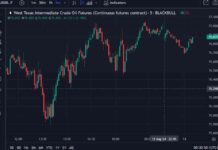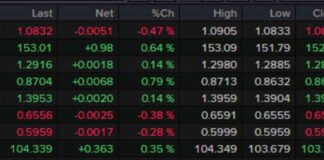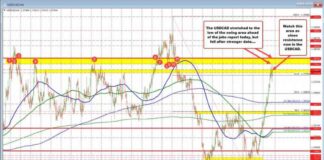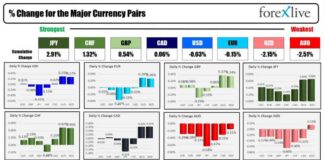Mortgage rates are dropping, but don’t expect homes to become more affordable in 2025. The average 30-year fixed mortgage rate has decreased to 6.2% from a peak of 7.79% in May, providing potential savings for buyers. However, these savings are enticing more buyers into the market, leading to an increase in existing home sales by 1.3% in July after a five-month decline, according to data from the National Association of Realtors. With a surge in demand and limited supply of homes, prices are likely to rise, offsetting any potential savings from lower mortgage rates.
Supply and Demand Dynamics in the Housing Market
Lower mortgage rates may benefit buyers temporarily, but the primary driver of home prices remains the imbalance between supply and demand. The housing market has been facing a chronic shortage of homes, estimated at least 4 million by the National Association of Realtors. This scarcity of housing inventory is unable to keep up with the growing demand, leading to upward pressure on prices.
Maggie Kent, a real estate agent at CORE and sales at Eastlight Condominiums in New York, explains, “Affordability improves temporarily with lower rates, but the competition for scarce housing stock often offsets those savings, especially in markets with high desirability and limited supply like New York.” This trend highlights the complex interplay between mortgage rates, supply shortages, and home prices in the real estate market.
Existing home sales were stagnant for most of the summer, as rising mortgage rates deterred buyers and discouraged homeowners from selling due to their existing low-rate loans. About 86% of current mortgages have rates of 6% or less, making it challenging for homeowners to justify moving and taking on a new mortgage with a higher rate. If mortgage rates drop below 6%, it could potentially increase demand for homes, leading to higher prices in the coming year.
Predictions for Mortgage Rates and Home Prices
Trade associations and financial institutions forecast that mortgage rates will hover in the high 5% range for 2025. These rates are closely tied to 10-year Treasury yields and are expected to decrease following anticipated Federal Reserve rate cuts starting this month. Modest home price increases are also anticipated, with various forecasts indicating the following projections:
– Goldman Sachs predicts home prices to grow by 4.4% in 2025.
– Fannie Mae foresees a 3.1% increase in 2025, based on a survey of 100 housing experts.
– A Reuters poll of 30 property analysts forecasts a median home price increase of 5.4% in the 20 largest U.S. cities.
Considering that the current median home price stands at $412,300, a 3% or more increase in prices could add tens of thousands of dollars to the total cost, potentially offsetting the savings from a lower mortgage rate. However, it’s essential to recognize that housing shortages impact each real estate market differently, influencing whether prices will rise or fall in the upcoming year.
Alex Shekhtman, CEO and founder of LBC Mortgage, emphasizes the regional variability in housing shortages, stating, “The housing shortage is heavily dependent on location. For example, we won’t see the same type of shortage in Texas as we do in Los Angeles. Each market has its own dynamics.” This regional nuance underscores the diverse factors at play in determining home prices across different areas.
Navigating Financial Challenges in the Real Estate Market
As buyers and sellers navigate the complexities of shifting mortgage rates and housing supply shortages, it’s crucial to stay informed and proactive in managing financial decisions. CNBC offers an online course designed to help individuals master their money this fall, providing practical strategies to optimize budgets, reduce debt, and build wealth. By signing up for this course, participants can gain valuable insights to enhance their financial literacy and achieve greater financial success.
Moreover, CNBC Make It’s newsletter offers tips and tricks for success in various aspects of life, including work, money, and personal development. By subscribing to this newsletter, readers can access valuable resources and information to empower their financial decisions and overall well-being. Stay updated on the latest trends and insights in the real estate market to make informed choices that align with your financial goals and aspirations.
In conclusion, while lower mortgage rates may offer temporary relief for buyers, the broader dynamics of supply and demand in the housing market are likely to drive prices higher in 2025. Understanding the interplay between mortgage rates, housing inventory shortages, and regional market trends is essential for making informed decisions in real estate transactions. By staying informed and proactive, individuals can navigate the complexities of the real estate market and make strategic financial choices that align with their long-term goals.

















